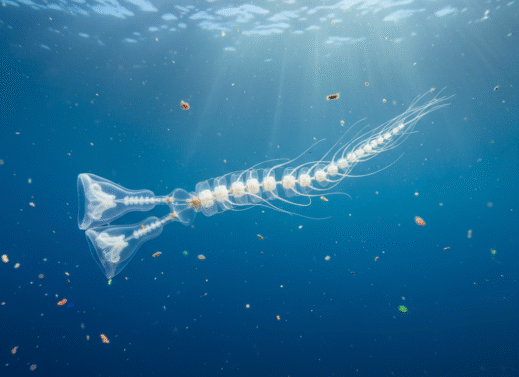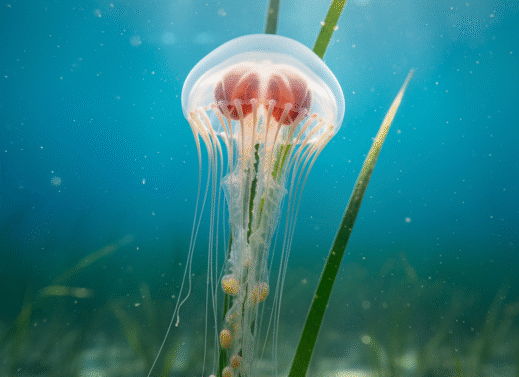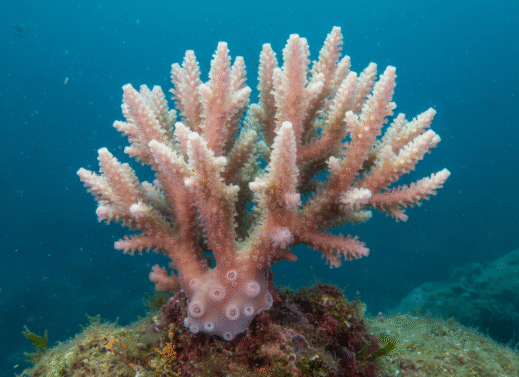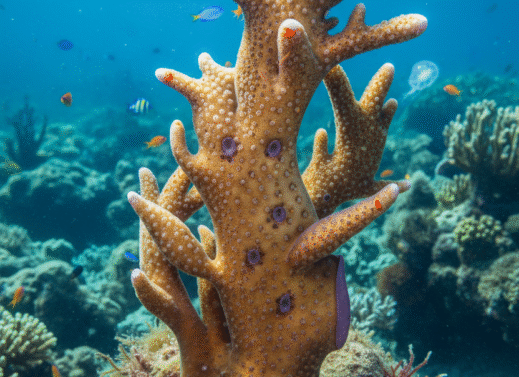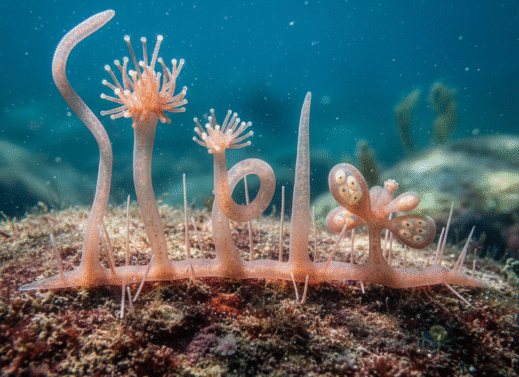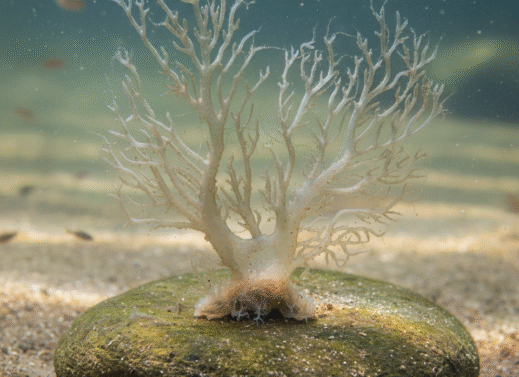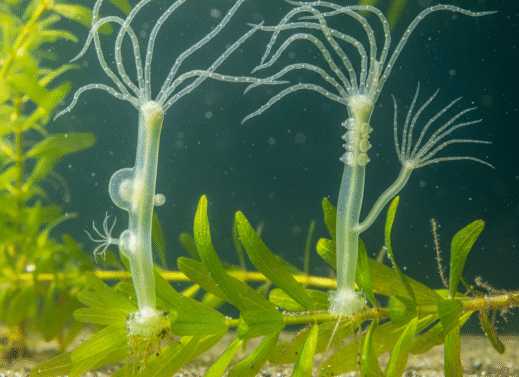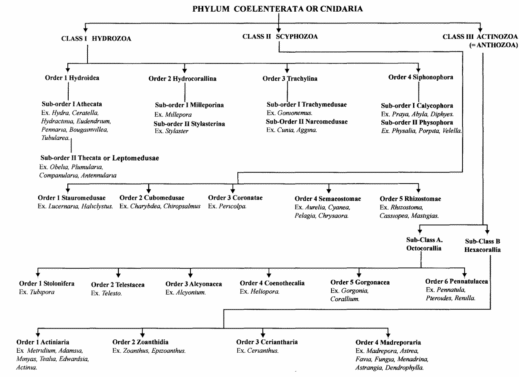Diphyes
Diphyes: Comprehensive Study on Classification, Habitat, Characteristics, and Ecology Classification of Diphyes Kingdom: Animalia — Multicellular, heterotrophic organisms exhibiting cellular specialization Phylum: Cnidaria — Radially symmetrical aquatic animals with cnidocytes (stinging cells) Class: Hydrozoa — Diverse hydrozoans with polyp and medusa stages Subclass: Hydroidolina — Advanced hydrozoans with complex life…

